Toyota FJ Cruiser: Off-Road Test
Off-road capable SUV’s are an increasingly rare breed. More and more of our roads are occupied by SUV look-a-likes that can hardly ford a burst water main or clamber over a vicious pothole– never mind tackle the great American outback. Flying in the face of this trend towards soft-roaders and CUV’s, Toyota recently launched their mud-plugging, rock-crawling FJ Cruiser. Huh? The carmaker responsible for more “cute utes” and hybrid half-breeds than any other now wants to mix it up in the rough stuff? No wonder the Japanese automaker invited TTAC to run one of their rigs at a two-day mudfest in Mount Olive, Alabama: Toyota's dirt cred needs a little help.
The FJ Cruiser is, um, unmistakable. Toyota’s designers have created a brightly colored, ruggedly retro, radically rad, four-wheeling rig. What Hummer achieves with boxy shapes and sharp lines, Toyota realizes with bulbous bulges and gentle curves. Love it or hate it, the FJ’s in-your-face style demands an opinion. Of course, drivers with dirt behind their ears believe that beauty is as beauty does. As far as they’re concerned, the FJ could look like a MINI on stilts if it delivered the goods where angels fear to tread.
The old Toyota FJ40 Land Cruiser, spiritual inspiration for the modern FJ, was tough as nails. Like nails, the only thing that seemed to be able to beat them into submission was the corruption of time. To keep the new FJ from rusting and blowing away, the FJ is built with copious quantities of anti-corrosion steel, and then swathed in anti-rust wax, sealers and anti-chip paint. Wheel wells also receive thick PVC linings for extra protection. Only time will tell if time will take its toll, but we fancy the FJ’s chances of outlasting its owners’ sacroiliacs.
When it comes to off-roading, what you can’t see can hurt you. Unfortunately, the FJ’s front window offers all the forward visibility of a Soviet T-70. Thanks to its elephantine C-pillars and the short rear window (partially obscured by the tailgate-mounted spare tire), rearward vision is also atrocious.
The view is even worse from the backseat. Unlike many of its competitors, the FJ does not elevate the rear seats stadium-style. The small suicide door mounted side windows are relatively high; an average-height person has a limited view-– mostly of treetops. As with most genuine 4X4’s, the driver’s seat must be moved forward and the seatback straightened. Clearing your knees past the steering column when climbing into the driver’s seat is an exercise in humiliation.
Toyota supplied our trucks in Black Cherry Pearl and Sun Fusion, outfitted with every available off-road option: Goodyear All-Terrain T/A tires, skid plates and side rock rails. Just for fun, the Japanese automaker’s PR budget also paid for a TRD Performance Exhaust system that gives the FJ engine a husky, Wrangler-esque rasp. Aftermarket push bars and cable winches complete the mucho macho mojo.
Once underway, FJ’s Active Traction [Jackson] Control keeps the power ported to wheels with traction in nearly every situation. (A locked rear differential is only a button push away.) The generous independent front suspension provides 19.25” of articulation, while the solid coil-over rear setup allows 21.46” rear articulation. Translation: the FJ can crawl any one wheel onto a boulder twice the size of a basketball without any of the other three wheels losing contact with the ground.
The set-up also means you can take radical pictures of the FJ posed over profoundly uneven surfaces with one wheel stuffed into its wheel well while the opposite stretches to meet the ground; you know, the kind of stuff that really gets committed dirt-nerds going.
Gray Rock ORV is a Mecca for extreme four-wheeling in the southeastern states. Trail difficulty is rated on a scale to 5. Level 5 “roads” are extreme trails that require extremely modified vehicles. Most stock SUV’s are suitable for trails rated between 2 and 3 in difficulty. To demonstrate the FJ’s capabilities, Toyota’s guides navigated our group through trails as difficult as Level 4: routes that are normally avoided by owners still making payments.
Crowds of hardcore off-road drivers dismounted from their Mad Max machines to watch the FJ clear obstacles through The Canyon and Bump-n-Grind trails. Several of the initially cynical onlookers expressed their amazement that a [mostly] stock SUV could handle such brutal trails. It wasn’t always pretty or fast, but the FJ pulled its way over every obstacle attempted.
After clambering over hill and dale, I can well believe Toyota’s claim that two modded FJ’s surmounted California’s vaunted Rubicon Trail. Clearly, Toyota wants the off-roading world to know that the FJ Cruiser is the real deal. It’s a shame most FJ’s will never turn a wheel in anger, but it’s a credit to the brand’s determination– and success– that they still want at least one vehicle that can.
[Toyota paid for Mr. Montgomery's airfare, accomodation, transfers and meals.]
More by William C Montgomery
Latest Car Reviews
Read moreLatest Product Reviews
Read moreRecent Comments
- Legacygt It was more than 20 years ago that the Bangle designed BMW sedans started looking a little bit awkward. But the lineup today is chock full of downright ugly vehicles. This is one of them.
- Jeff It does state in this article that Europeans as well as Americans have cooled on EVs. I can see push back from consumers on the 2035 deadline for EVs in Europe and in states like California. I have no problem with manufacturers offering EVs but many for at least now don't want EVs. Maybe GM instead of planning to do away with the Malibu to make more EVs should have offered the Malibu as only a hybrid like Toyota is offering the Camry for 2025. It would cost GM a lot less to offer a hybrid Malibu and it would outsell any EV that plant would produce. I even think GM would increase sales of the Malibu as a hybrid only and more competitive pricing.
- Kwik_Shift_Pro4X I fell asleep looking at that image.
- Verbal Rented a Malibu a while back. It was fine, if a bit gutless.I get that Detroit wants to go all-in on high profit margin SUVs and blinged-out MAGA trucks. Everyone has known for decades that they can't compete on price in the affordable sedan space. So now all of Detroit's sedans are gone except for a couple of Cadillac models.But you'd think that just one of the domestic brands could produce a fun, competitive and affordable sedan. Just one? Please? Anyone? Bueller?
- 3-On-The-Tree I wouldn’t even use Ford as a hearse for fear of being late to my party.



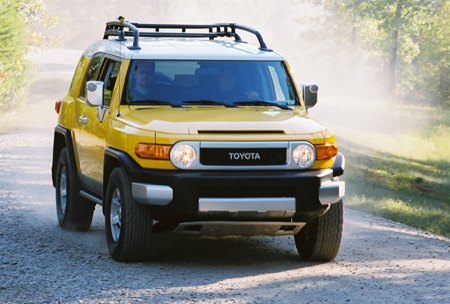
















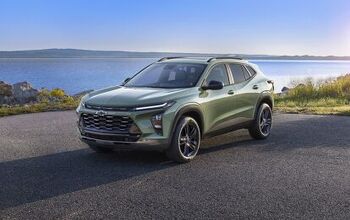
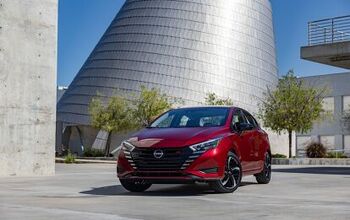
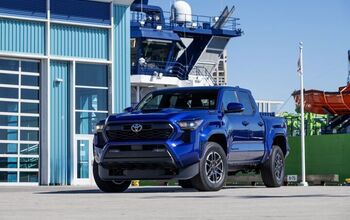
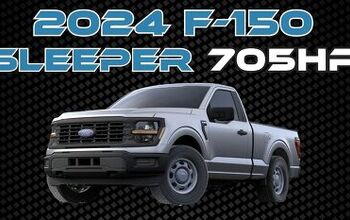
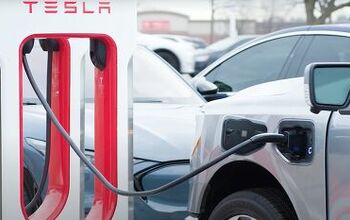
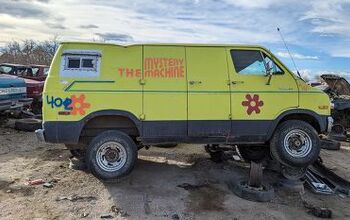
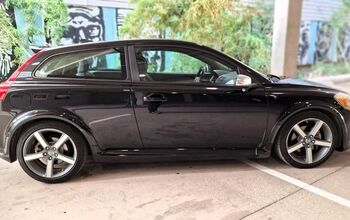

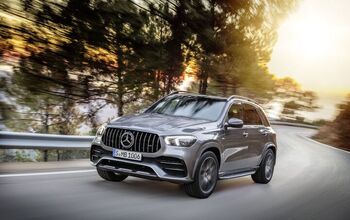
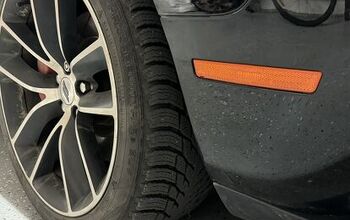
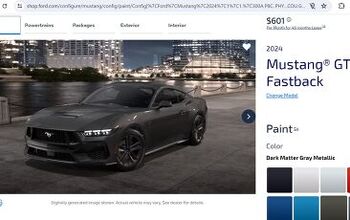
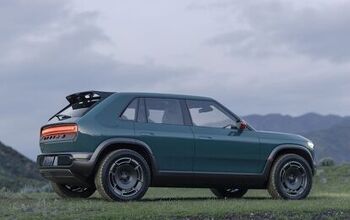
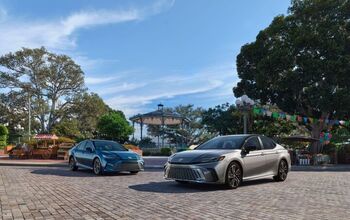
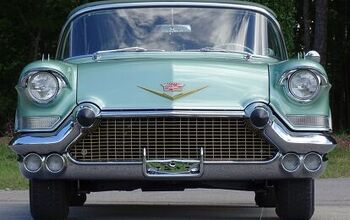
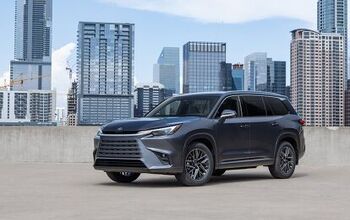
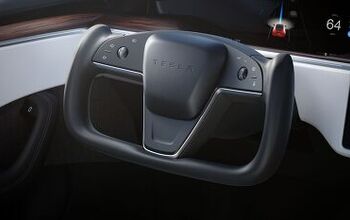
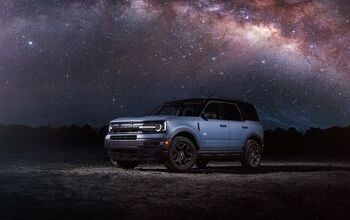

Comments
Join the conversation
Supersition6 you are off base on this one. I have had my FJ in places a Jeep could not go. I have yet to get mine stuck. Yes I agree that the back seat is an issue but if I wanted to haul around a car load of people I would have purchased a Hummer. I do a lot of off- road exploring in Southeastern Utah and it easily does the job. I dare say you have never been off-road in one to see it work.
@jl34chev "Supersition6 you are off base on this one." Oh boy. Where to start. Okay, it seems to me that what may be going on here can be attributed to differing sets of expectations. If you examine the list of vehicles that I suggested as capable off-road equipment in my original posting -- the Scorpion, Daimler-Benz Unimog, Steyr Pinzgauer, modified Jeep, or a Dodge M37 -- you may notice that none of these have much in common with an FJ Cruiser. I've been all over the Arizona desert in various models of Jeeps, and own or have owned a '48 Willys truck with a uranium core drill on the back, a 1990 full-size Blazer 4x4, 1999 Dodge Ram 4x4 et cetera. In the 1990s, I owned 1994 and 1995 Toyota mini-pickup trucks, a Dodge M37, and a Ford M151A1. The Toyotas were okay as light little trucks for mild off-road use and highway use, but they were production engineered, to be manufactured at the least possible cost. They were full of things like one-time-use fasteners. The CV joint axle boots got ripped open every time they met a cactus. In addition, their electrical and electronic systems could hardly have been engineered to a shoddier standard. By way of comparison, US M-Series military vehicles such as the M37, M151s, and the military Hummer have shielded and sealed electrical systems, which are waterproof, with fully-sealed connectors. In addition, they are modular, which means that they can quickly and easily be repaired in the field. In short, the Toyotas were designed to do one thing: Make Toyota a big profit. They were just consumer-grade throwaways. If you are happy with your FJ Cruiser and it takes you where you want to go, great! But its performance and durability are in no way comparable to vehicles designed from the ground up to be used off the road. I could write page after page about ways in which the Toyotas don't measure up, but since I mentioned water in my original post, let's just go with that single example. The M37 and M151A1 trucks with military fording kits have sealed breathers on the differentials. The air intakes and exhaust pipes are way up in the air. I think the M37 will ford about seven feet of water. In both vehicles, you can operate the engine via a throttle cable on the dashboard, which means that you can stand up on the floorboard or on the seats while driving with the roof down or discarded, and actually look out over the vehicle to see where its wheels are and what is around it. Further, you can bail out, if you lose the vehicle (instead of drowning, as is quite possible in an enclosed-cab vehicle like the Toyota). In this example, as in so many others, you are right to suggest that I should try an FJ Cruiser off-road "to see it work." I'd love to! Once water got up above the level of the dashboard while fording, what do you think would happen? Is there a throttle cable attached to the accelerator pedal, or is it a position sensor? If it's a position sensor that sends a radio signal to the fuel injection, would that work underwater? Once the air vents in the interior filled up with silty river water, would the heater core and blower motor ever work again? Would switch contacts ever work again? Would any of the electronic chips that control everything ever work again? Please don't think I'm singling the Toyota out, though. The new Ford Raptor, for example, looks like an amazing vehicle in many respects, but it would suffer from the same drawbacks in the fording situation as described above. The Jeep and the no-longer-manufactured Land Rover Defender are two of the rare civilian vehicles that are worth anything. Both will break from time to time. In the case of the Defender, repair will be at terrifyingly high cost, and may also involve a lengthy wait time for parts.